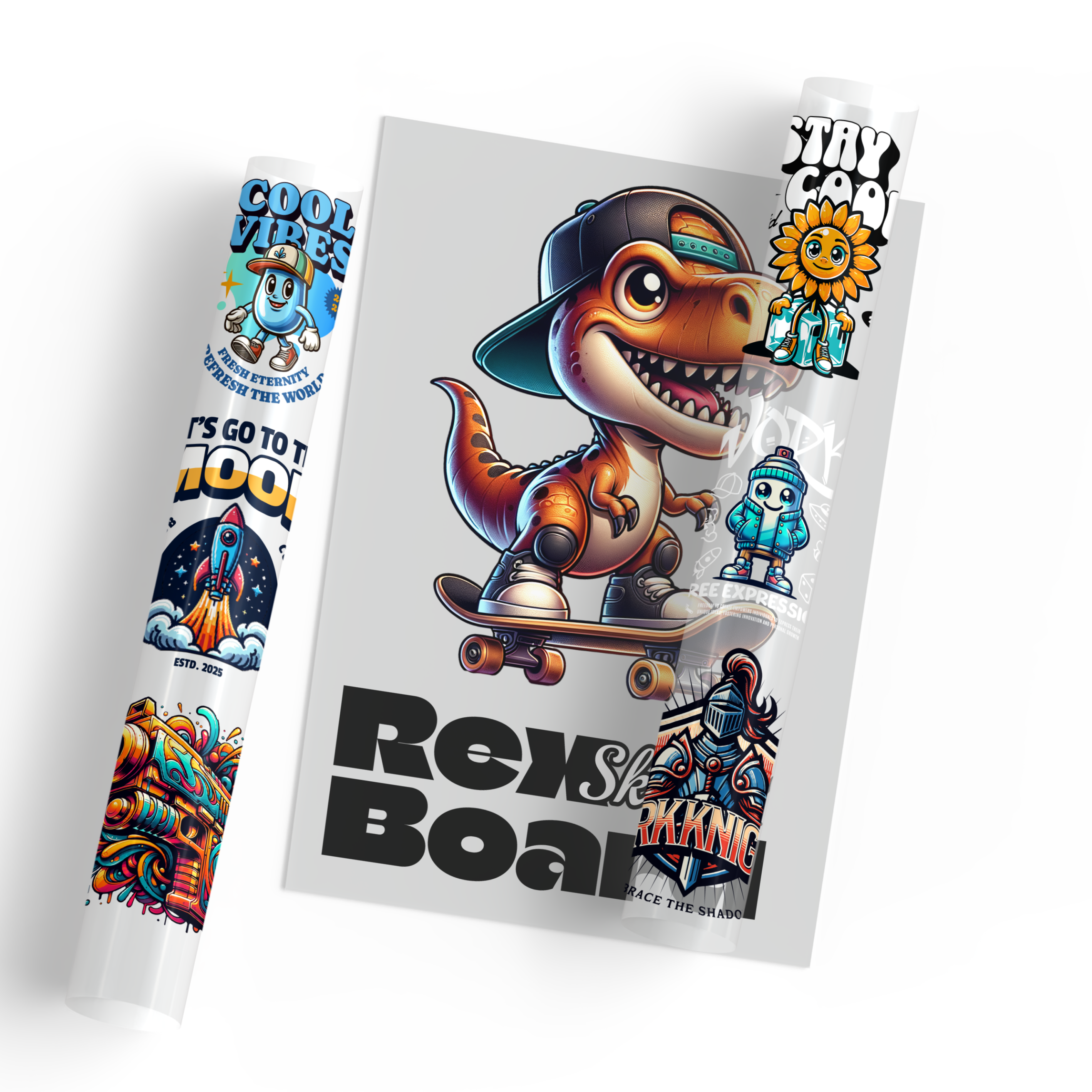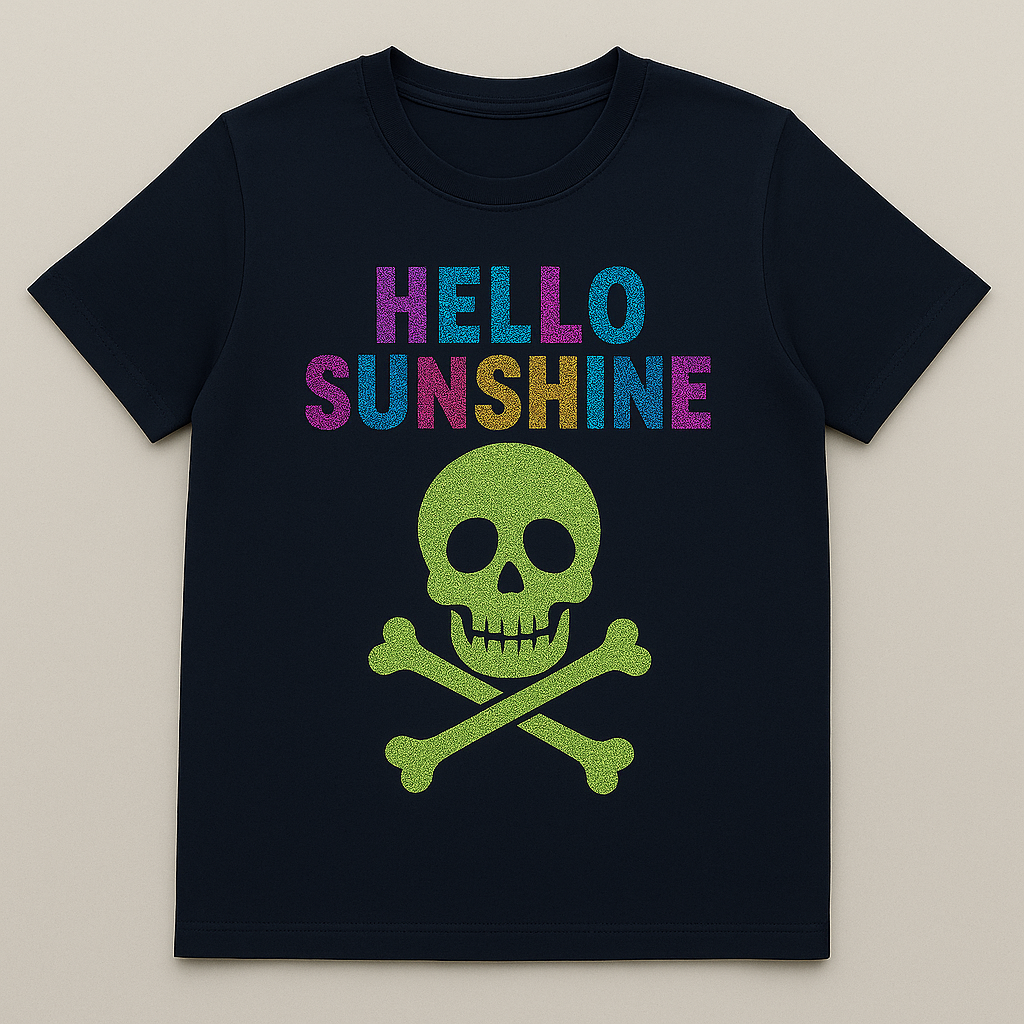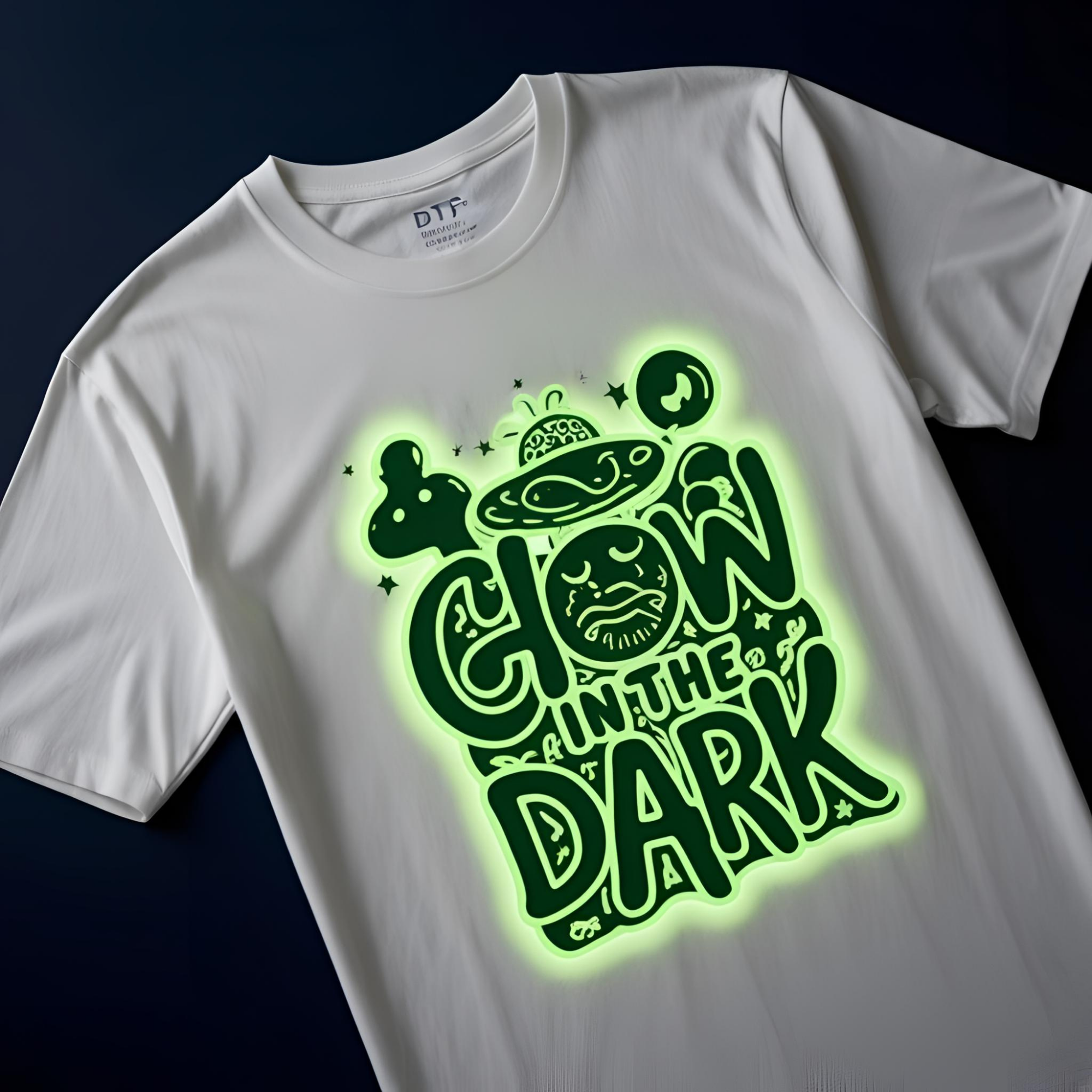Filter
Sort by:





Home Page
Home Page – The Heart of Your Website
What is a Home Page?
A Home Page is the first page that appears when you visit a website. It serves as the main entry point to your site. It provides an overview of what the website offers and guides visitors to other sections of the site.
Importance of Home Pages
The home page is crucial for making a first impression. It represents your brand and communicates your values. A well-designed home page can encourage visitors to stay longer and explore more.
Key Features of a Home Page
-
Navigation: Clear navigation helps users find what they’re looking for easily.
-
Branding: Your home page should reflect your brand’s identity through design and messaging.
-
Call to Action: Including buttons or links that lead visitors to take desired actions (e.g., buy, subscribe, learn more).
-
Responsive Design: Ensures your home page looks good on any device, from desktop to mobile.
How to Design an Effective Landing Page
An effective landing page should focus on simplicity and clarity. Use a clean layout with easy-to-read fonts. Make sure the most important information is visible without excessive scrolling. Visual elements like images or videos should complement your content and not overwhelm it.
Elements to Include on a Landing Page
Some essential elements to include are:
-
Header: Includes your logo, navigation bar, and contact information.
-
Main Content Area: Brief introduction about your business, products, or services.
-
Footer: Contains additional links, such as privacy policy, terms of service, and social media links.
The Role of Visuals on Landing Pages
Images, videos, and graphics play a crucial role in engaging visitors. They should support your content and enhance your brand story. High-quality visuals can make your landing page more appealing and memorable.
Landing Page Layout Options
There are several layout styles you can use for your landing page, such as:
-
Traditional Layout: A simple layout with a header, content area, and footer.
-
Grid Layout: Displays multiple images or services in a grid format.
-
One-Page Layout: All content is on a single scrollable page.
Optimizing Your Landing Page for SEO
Search engine optimization (SEO) is essential for driving traffic to your website. Here are a few SEO tips for your landing page:
-
Use keywords relevant to your business in the title and meta description.
-
Make sure your landing page loads quickly, as speed is a ranking factor.
-
Optimize images by using descriptive filenames and alt text.
-
Ensure your landing page is mobile-friendly, as more users access sites from their phones.
The User Experience (UX) of Landing Pages
A positive user experience (UX) is key to keeping visitors on your site. Ensure that the navigation is intuitive and that visitors can easily find information. Your landing page should load quickly, be easy to read, and guide visitors toward taking action.
Examples of Good Landing Pages
Some landing pages are great examples of effective design and functionality. For example:
-
Minimalist Design: A clean layout with large visuals and short text.
-
E-commerce Landing Pages: A layout with product categories, best sellers, and promotional offers.
-
Business Websites: Includes clear messaging, client testimonials, and a contact form.
How to Improve Your Landing Page’s Conversion Rate
To improve your landing page’s conversion rate, focus on these areas:
-
Clear Call to Action: Make sure visitors know what you want them to do next.
-
Trust Signals: Include reviews, testimonials, or security badges to build trust.
-
Simplify Navigation: Make it easy for users to find the information they need quickly.
Mobile Optimization for Landing Pages
A significant amount of web traffic comes from mobile devices. Ensure that your landing page is optimized for mobile viewing. It should look and function well on smaller screens, with easy-to-click buttons and readable text.
Speed and Performance of Landing Pages
A slow-loading landing page can lead to high bounce rates and lost visitors. Optimize your page by:
-
Compressing images and videos.
-
Using browser caching to reduce load times.
-
Minifying CSS, JavaScript, and HTML files to reduce page size.
How to Test Your Landing Page’s Effectiveness
To evaluate the effectiveness of your landing page, use tools like Google Analytics and A/B testing. Monitor metrics like bounce rate, time on page, and conversion rate to see how users interact with your site. Test different designs and layouts to determine what works best for your audience.
Best Practices for Updating Your Landing Page
Regularly updating your landing page ensures that the content remains fresh and relevant. Consider updating:
-
Seasonal Promotions: Highlight special offers or events.
-
New Products or Services: Keep your visitors informed about your latest offerings.
-
Content Updates: Refresh your copy to reflect new trends, news, or industry changes.
The Future of Landing Pages
As technology evolves, so does the design and functionality of landing pages. Expect more interactive features, AI-driven personalization, and voice search optimization to play a role in future landing page designs. Staying ahead of these trends will help you create a landing page that is both functional and future-proof.
A well-designed main page is essential for creating a positive first impression and driving conversions. Focus on clean design, clear navigation, and a strong call to action. With proper SEO, mobile optimization, and user-friendly features, your primary page can become a powerful tool for your website’s success.
Conclusion
A well-designed home page is essential for creating a positive first impression and driving conversions. Focus on clean design, clear navigation, and a strong call to action. With proper SEO, mobile optimization, and user-friendly features, your home page can become a powerful tool for your website’s success.
FOR DETAILED INFORMATION, CLICK ON WIKIPEDIA
DTF Transfers Collection







